Shipping quote request
We’ll calculate the shipping price as soon as getting your request.
Shipping quote request
We’ll calculate the shipping price as soon as getting your request.
You May Also Like
Sponsored Products
More from this Dealer
Wall Lamps by Alain Delon for Sabot, Italy, 1970s, Set of 2
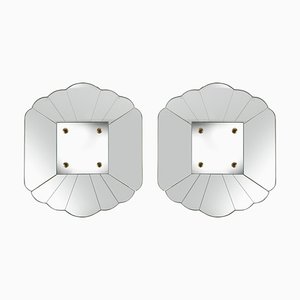
Nicola Simbari, Abstract Composition, Screen Print, 1970
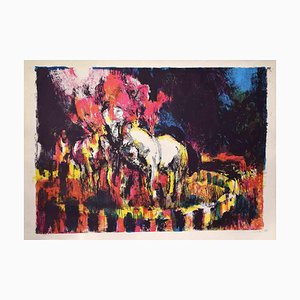
Figure Pen on Paper by Luigi Galli
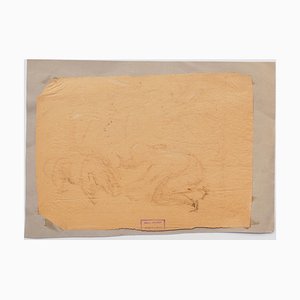
Aurelio Mistruzzi, Study for Medal and Bas-Relief, Drawing, 1920s
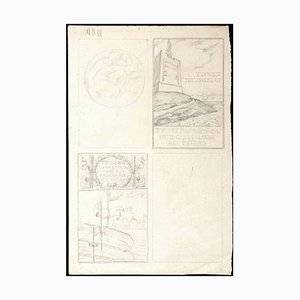
Leon Boullet, Metamorphosis, Lithograph, 1950s
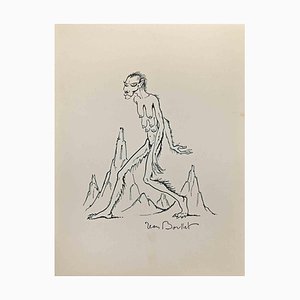
Bouquet - Original Lithograph for Revue ''Verve'' by Georges Braque - 1955 1955
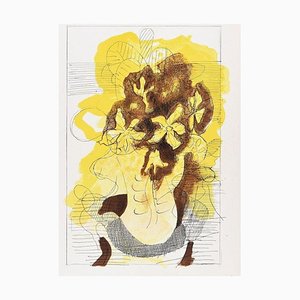
Abstract Composition, Original Drawing, Mid 20th-Century
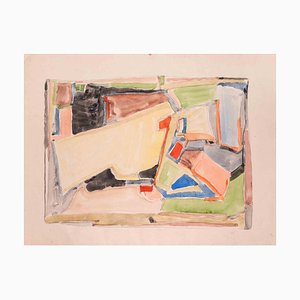
Aligi Sassu, Sirens, Lithograph, 1975
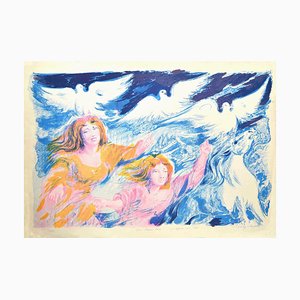
Dragon Sleeps in the Heaven of Flowers - 2007 - Li Lei - Oil on Canvas 2007
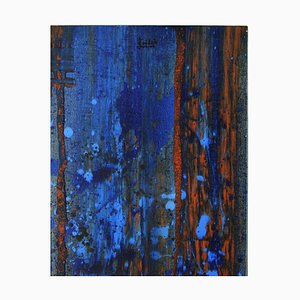
Lis Art, Expression, Acrylic Painting, 2017
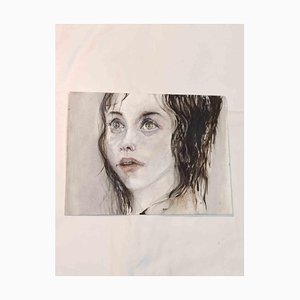
Giovanni Elia Morghen, Ancient Roman Fresco Herculaneum, Etching, 18th Century
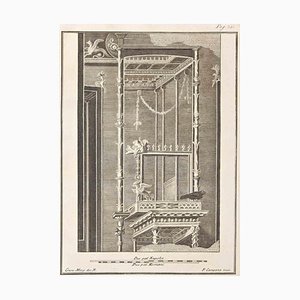
Quel che ti pare (Whatever you Want)-Original Ink drawing by Primo Zeglio-1950s 1950s
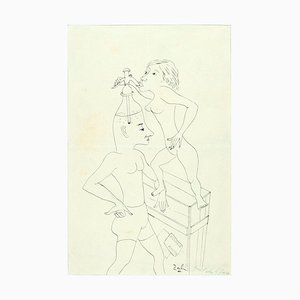
Landscape - Original Drawing - 1960s 1960s
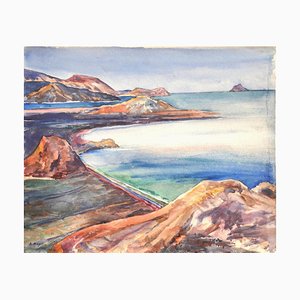
A. Alessio, Decorative Motifs: Aegean, Chromolithograph
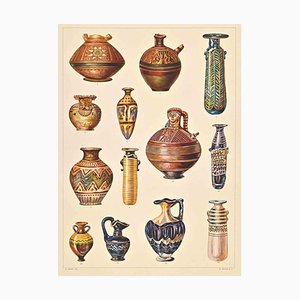
Anselmo Bucci, Military, Etching, 1917
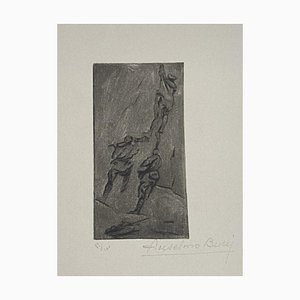
Mario Bonechi, Landscape, Etching, Late 20th Century
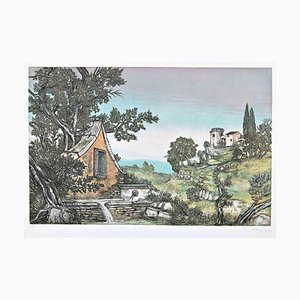
Leon V. Rosenberg, The Lovers, Concrete, 1971
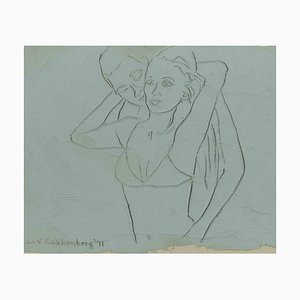
After Jean Paul Sauget, Portrait, 1921, Woodcut
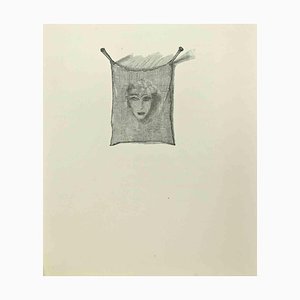
19th Century Bronze Sculpture of Giuseppe Garibaldi
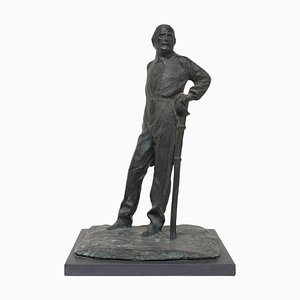
Michel Dumas, Vintage Photo, Late 19th-Century
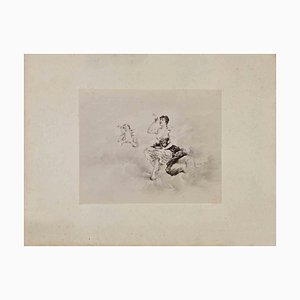
More Products
Get in Touch
Make An Offer
We noticed you are new to Pamono!
Please accept the Terms & Conditions and Privacy Policy
Get in Touch
Make An Offer
Almost There!
To follow your conversation on the platform, please complete the registration. To proceed with your offer on the platform, please complete the registration.Successful
Thanks for your inquiry, someone from our team will be in touch shortly
If you are a Design Professional, please apply here to get the benefits of the Pamono Trade Program